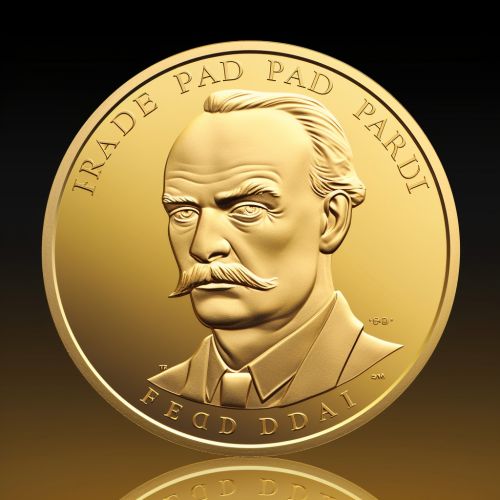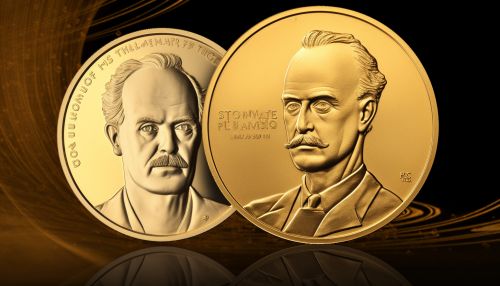Dirac Medal (Institute of Physics)
Overview
The Dirac Medal is an accolade awarded annually by the Institute of Physics (IOP) in the United Kingdom. Named after the British theoretical physicist Paul Adrien Maurice Dirac, the medal recognizes individuals who have made significant contributions to theoretical physics, particularly those related to quantum mechanics.


History
The Dirac Medal was first established by the Institute of Physics in 1985, 32 years after Dirac's Nobel Prize win. The medal was created to honor Dirac's legacy and to inspire future generations of theoretical physicists. Since its inception, the medal has been awarded to many distinguished physicists from around the world.
Criteria for Awarding
The Dirac Medal is awarded based on the recommendations of the IOP's Awards Committee. The committee considers the nominee's originality, breadth of impact, and the fundamental nature of their work. The primary focus is on contributions to theoretical physics, with a particular emphasis on quantum mechanics, quantum field theory, and quantum statistical mechanics.
Notable Recipients
Over the years, the Dirac Medal has been awarded to many notable physicists. Some of these include Stephen W. Hawking (1987), Roger Penrose (1990), and Edward Witten (1993). Each of these recipients has made significant contributions to theoretical physics, furthering our understanding of the universe.
Impact and Significance
The Dirac Medal is considered one of the most prestigious awards in the field of theoretical physics. It not only recognizes the contributions of the awardees but also inspires young physicists to strive for excellence in their research. The medal serves as a testament to the enduring impact of Dirac's work and the continued importance of theoretical physics in our understanding of the universe.
